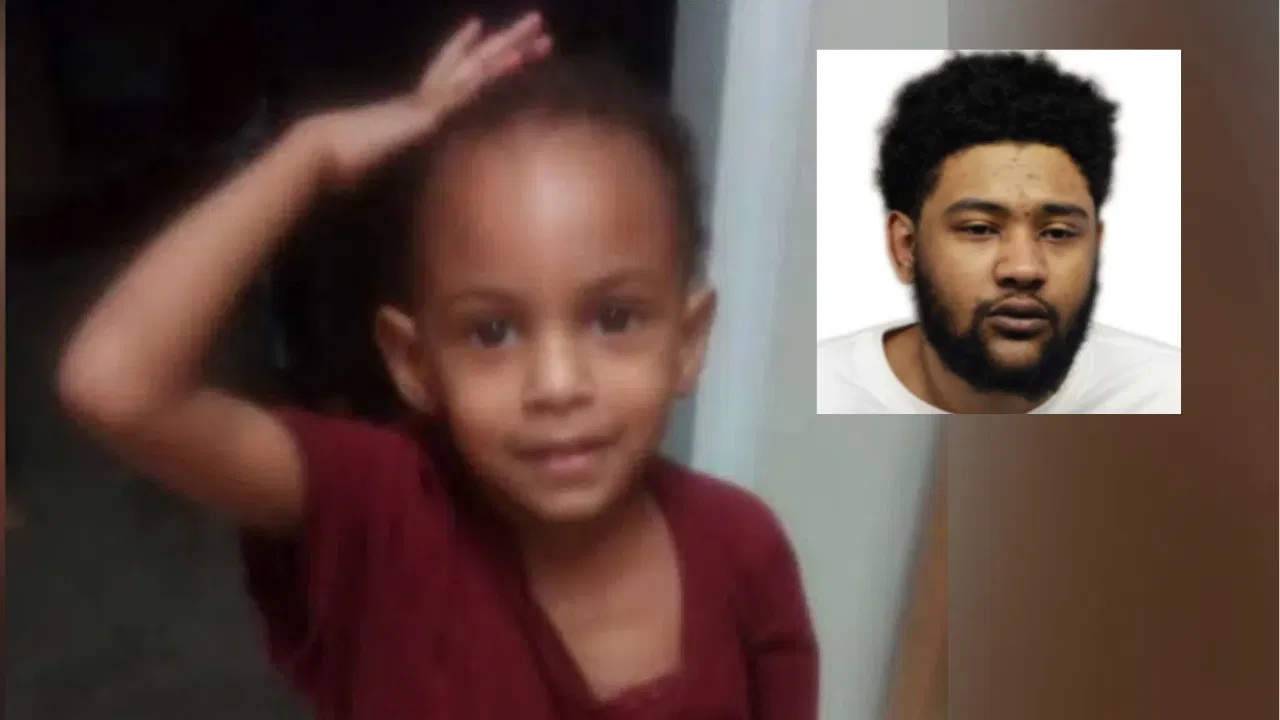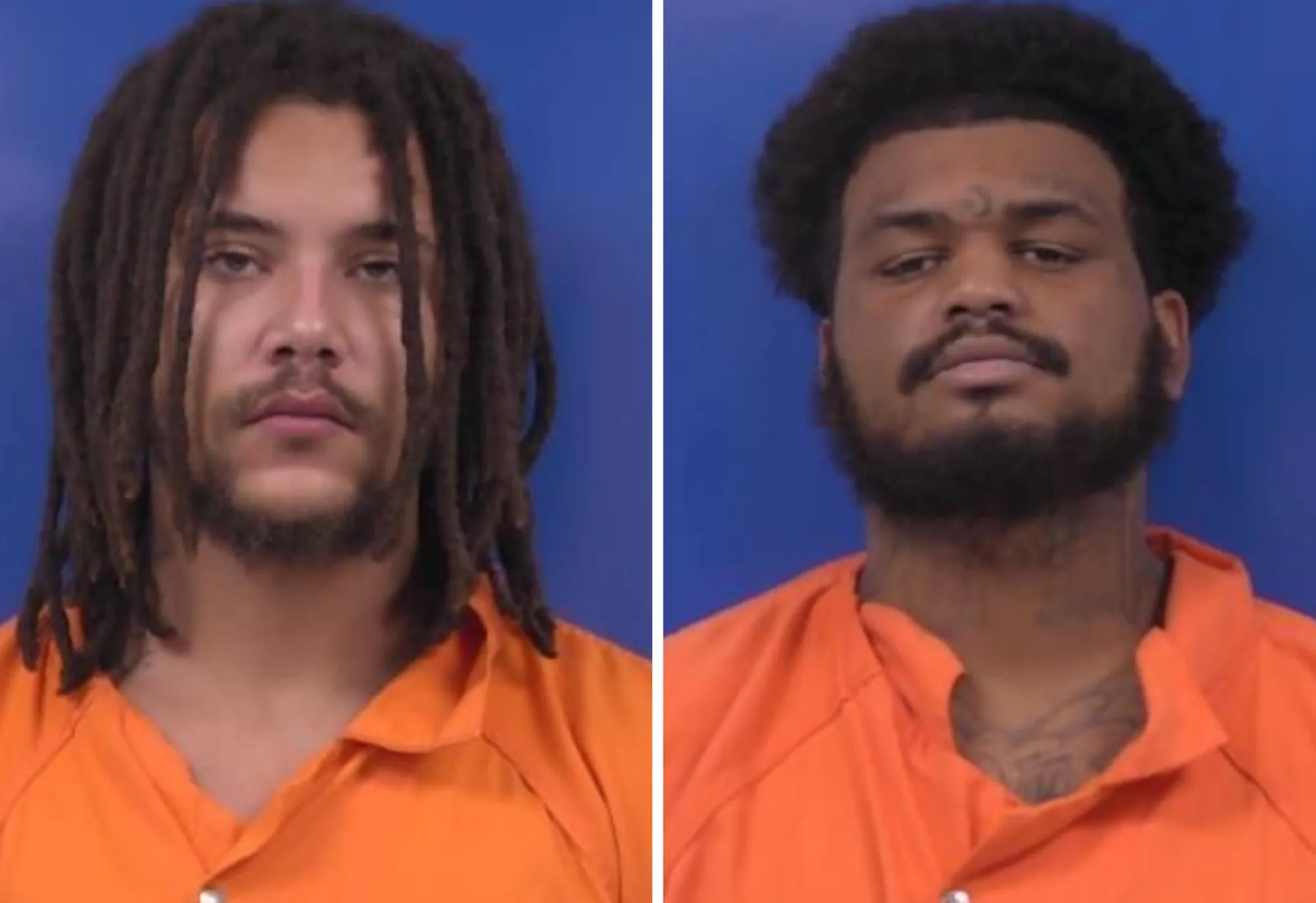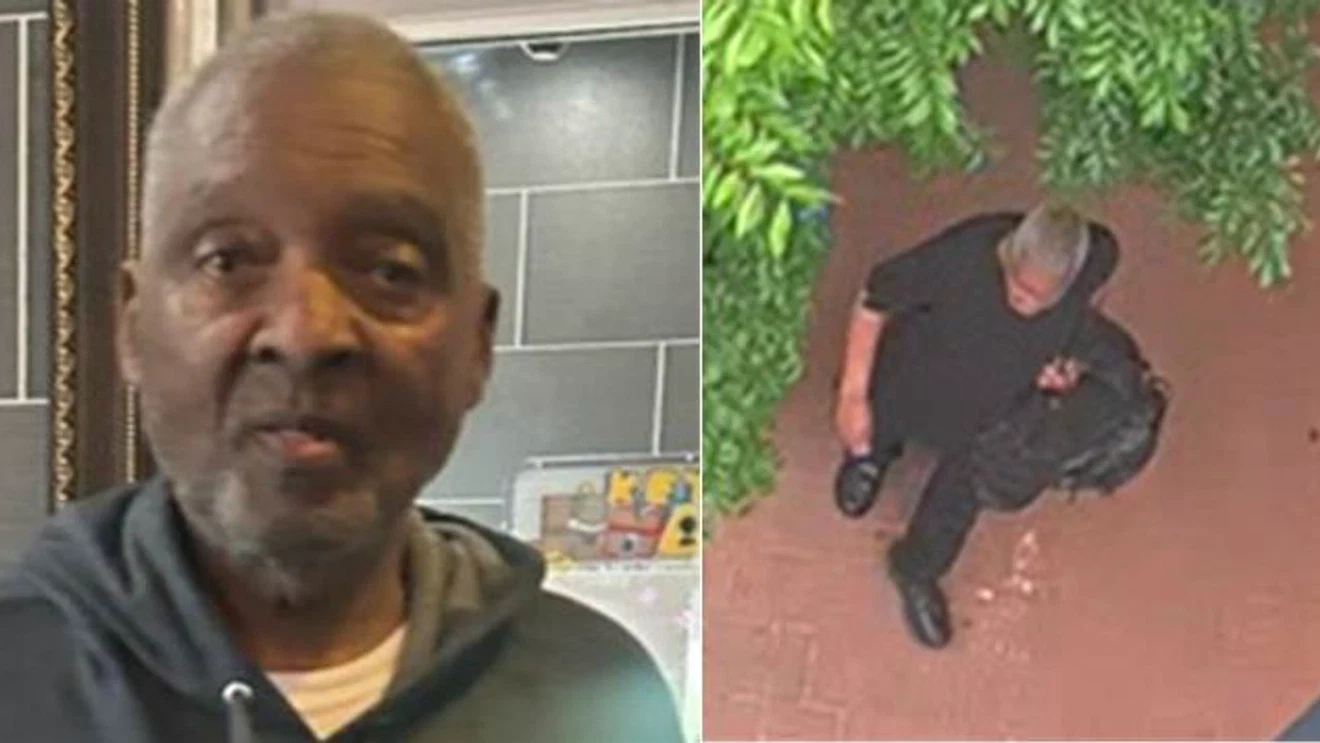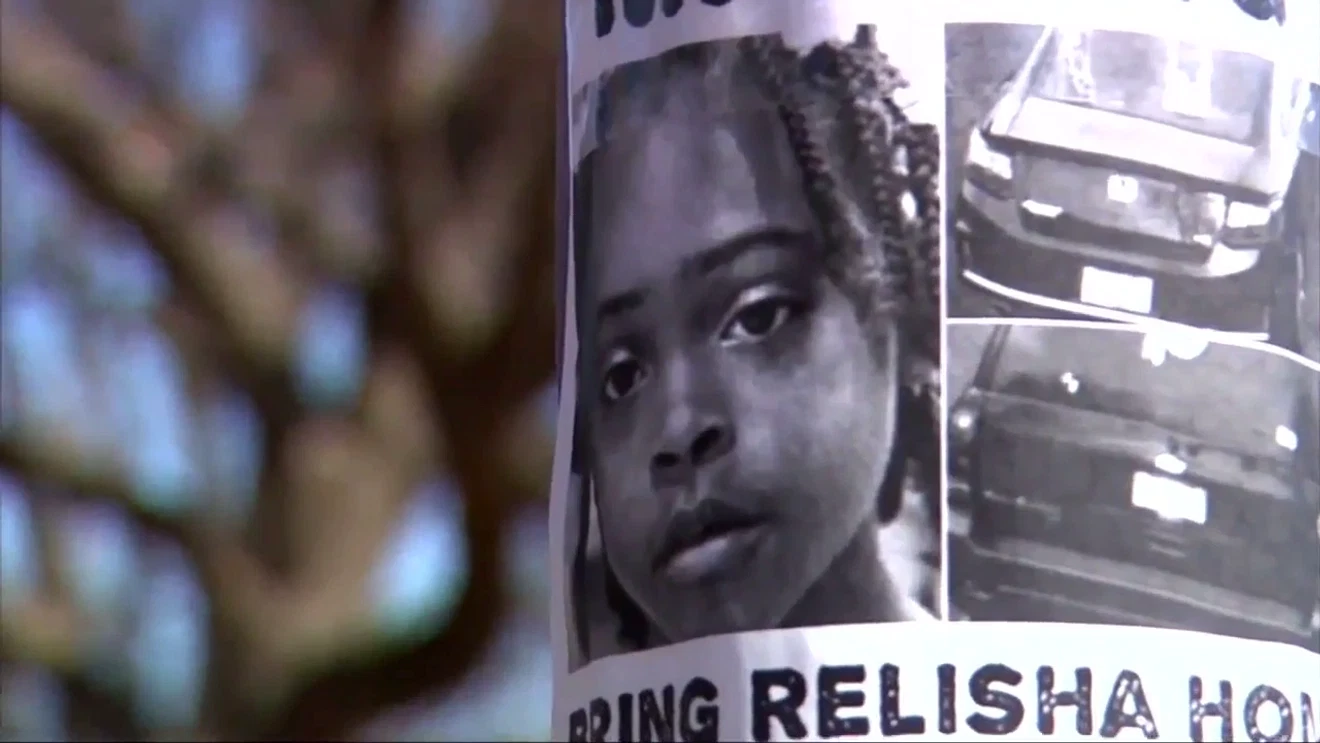On the morning of March 1, 2014, 8-year-old Relisha Tenau Rudd vanished from the D.C. General Family Shelter in Southeast Washington, D.C. Her disappearance would become one of the most haunting missing child cases in the history of the nation’s capital—exposing systemic failures in child welfare, homelessness support, and law enforcement coordination. A decade later, her fate remains tragically unknown.
Early Life and Family Background
Born on October 29, 2005, Relisha was the oldest of four siblings, raised in a family that faced ongoing housing insecurity and economic hardship. Her mother, Shamika Young, brought the family to the D.C. General Family Shelter in late 2013 after losing stable housing. Despite their circumstances, Relisha was known as a vibrant and curious child who loved school, looked after her younger brothers, and had a natural kindness that left a lasting impression on those around her.
Life Inside D.C. General Family Shelter
The D.C. General Family Shelter, once a functioning hospital, had been repurposed to accommodate hundreds of unhoused families. However, the facility was plagued by overcrowding, lack of privacy, limited security, and inadequate supervision. Makeshift partitions separated families, and parents often had no choice but to leave their children in the care of strangers while they worked. It was in this chaotic environment that Relisha would come into contact with a man who would change the course of her life forever.
The Role of Kahlil Tatum
Kahlil Malik Tatum, 51, worked as a janitor at the shelter. Despite his felony record, he passed a basic background check and gained access to vulnerable families. Tatum ingratiated himself with residents by offering gifts and rides, eventually building trust with Shamika Young. He began spending time with Relisha, referring to himself as “Dr. Tatum,” though he had no medical credentials. His behavior, while unsettling in hindsight, was not uncommon in an understaffed facility desperate for adult supervision.
Weeks Leading Up to the Disappearance
By February 2014, Relisha had begun missing school days at Payne Elementary, yet no immediate action was taken. Surveillance video from February 26 showed her walking with Tatum through a Holiday Inn Express hallway. Despite multiple absences, neither school officials nor shelter staff filed a missing person report. These crucial early warning signs were ignored due to poor interagency communication and an overburdened child welfare system.
The Day Relisha Disappeared
On March 1, Relisha told her mother she was headed to a recreation area inside the shelter. Instead, she was seen entering a Days Inn with Tatum. He later returned alone and claimed she had gone to visit family. Days passed before the Metropolitan Police Department was contacted. By the time the case was taken seriously, three weeks had passed, and vital opportunities to locate Relisha were lost.
Delayed Response and Amber Alert Missteps
Despite multiple failures across agencies, it wasn’t until March 19 that an Amber Alert was issued—18 days after Relisha’s last confirmed sighting. Initially, police treated her as a runaway, a designation often applied to children in unstable housing, further delaying proper action. The lack of urgency during the critical 72-hour window after a child’s disappearance remains one of the most glaring failures in her case.
Escalating Tragedy and the Search for Tatum
Once law enforcement and the FBI became involved, the search intensified. Attention quickly turned to Tatum. Investigators discovered that he had moved between several hotels and had been in frequent contact with Relisha’s family. On March 20, Tatum’s wife, Andrea, was found murdered in a Prince George’s County motel room. Eleven days later, Tatum was found dead by suicide in Kenilworth Park, leaving behind a cryptic note but no trace of Relisha.
Theories Surrounding Her Disappearance
Speculation about Relisha’s fate has never ceased. Some believe Tatum harmed her before taking his own life. Others suspect she was trafficked, given Tatum’s background and connections. Another hopeful theory is that someone, perhaps unaware of the danger, took her in and has kept her hidden. Yet, since the last sighting in that hotel hallway, no credible leads have surfaced.
Systemic Failures Revealed
Relisha’s disappearance became a painful symbol of institutional neglect. Investigations uncovered:
-
Poor shelter oversight, with inadequate monitoring of children’s safety.
-
Communication breakdowns between schools, shelters, and the Child and Family Services Agency (CFSA).
-
Flawed Amber Alert policies that did not accommodate missing children in government-run shelters.
These failures prompted swift policy changes across D.C.
Reforms Sparked by Relisha’s Case
In response to public outcry, the D.C. government:
-
Shut down the D.C. General Shelter by 2018 and replaced it with smaller, better-managed family facilities.
-
Introduced real-time attendance tracking for at-risk students.
-
Improved CFSA protocols for monitoring children in shelters.
-
Revised Amber Alert criteria to cover missing children regardless of housing status.
While these reforms can never undo what happened to Relisha, they have strengthened safety nets for thousands of vulnerable children.
Community Resilience and Ongoing Advocacy
Relisha’s name continues to galvanize grassroots activism. Groups like D.C.’s Missing Voice, led by Henderson Long, hold vigils every March. Artists have painted murals, activists use #FindRelisha on social media, and community leaders organize awareness events. July 11 is now recognized as Relisha Rudd Remembrance Day, honoring her life and spotlighting the continuing crisis of missing children.
The Search Continues
The FBI maintains an open investigation, and a $25,000 reward remains for information leading to Relisha’s whereabouts. Cold case detectives continue to review evidence, hoping for a breakthrough. Her case has become emblematic—not just of a missing child—but of a collective responsibility to do better.
A Legacy That Endures
Relisha Rudd’s story has become more than a tragedy; it is a call to action. Her disappearance forced a city to confront its blind spots and compelled officials, educators, and citizens alike to rethink how we protect our children—especially those living on the margins.
Ten years on, Relisha’s smile still graces murals and hearts across Washington, D.C. The questions remain unanswered, but the determination to find her—and to ensure that no other child falls through the cracks—remains as strong as ever.
#FindRelisha. Never forget.













Leave a Reply